According to the legend, the events took place in the time of Alle, King of the Geats, when this king lead the Geats in an attack against Norway. King Alle had marshalled not only the West Geats, but also the South Geats (or Riding Geats) of Småland, and so many men had left for Norway that the region was virtually defenseless.
When the Danes learned of Småland's precarious situation, they took advantage of it and attacked the defenseless small lands. Blenda was a woman of noble descent in the Konga Hundred and she decided to send the fiery cross to rally all the womenfolk in the hundreds of Konga, Albo, Kinnevald, Norrvidinge and Uppvidinge. The women armies assembled on the Brávellir, which according to Smålandish tradition is located in Värend and not in Östergötland.
The women approached the Danes and told them how much they were impressed with the Danish men. They invited the men to a banquet where they were provided with food and drink. After a long evening, the Danish warriors fell asleep and the women killed every single one of them with axes and staffs.
When King Alle returned, he bestowed new rights on the women. They acquired equal inheritance with their brothers and husbands, the right always to wear a belt around their waists as a sign of eternal vigilance, the right to beat the drum at weddings, and so forth. The five hundreds were combined into the land of Värend, which means the "defense", since it was a bulwark for Geatland. Blenda's village was called Värnslanda and a location near the battle ground was called Bländinge.
Damn!
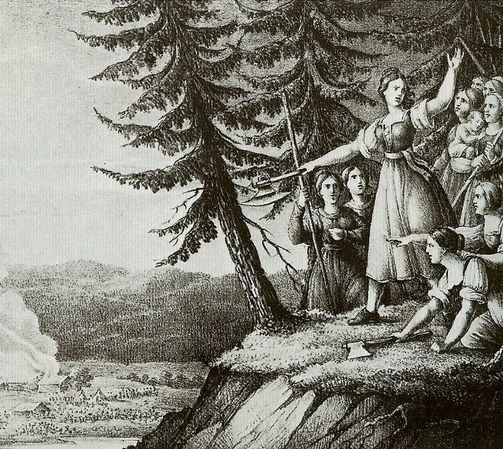

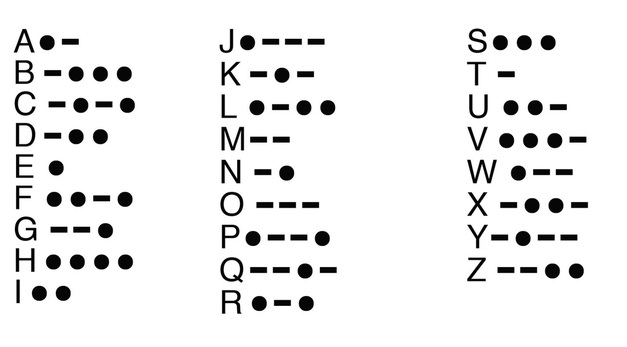

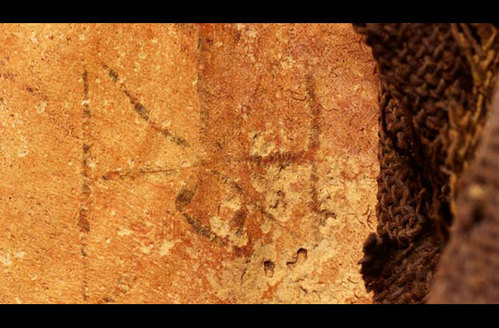
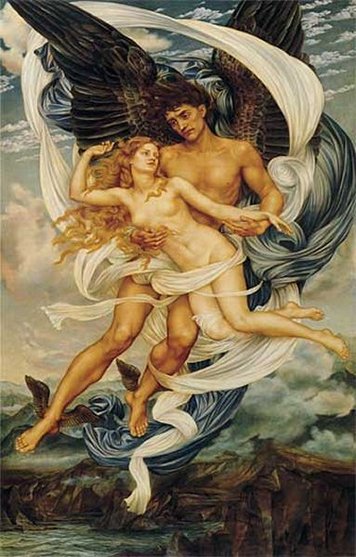

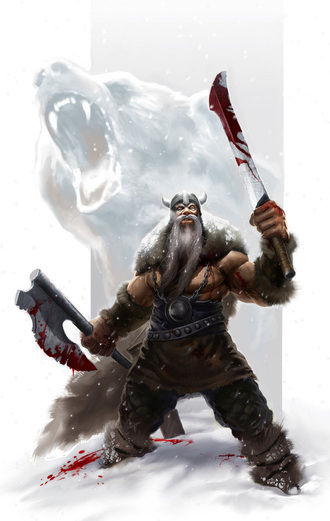
 RSS Feed
RSS Feed